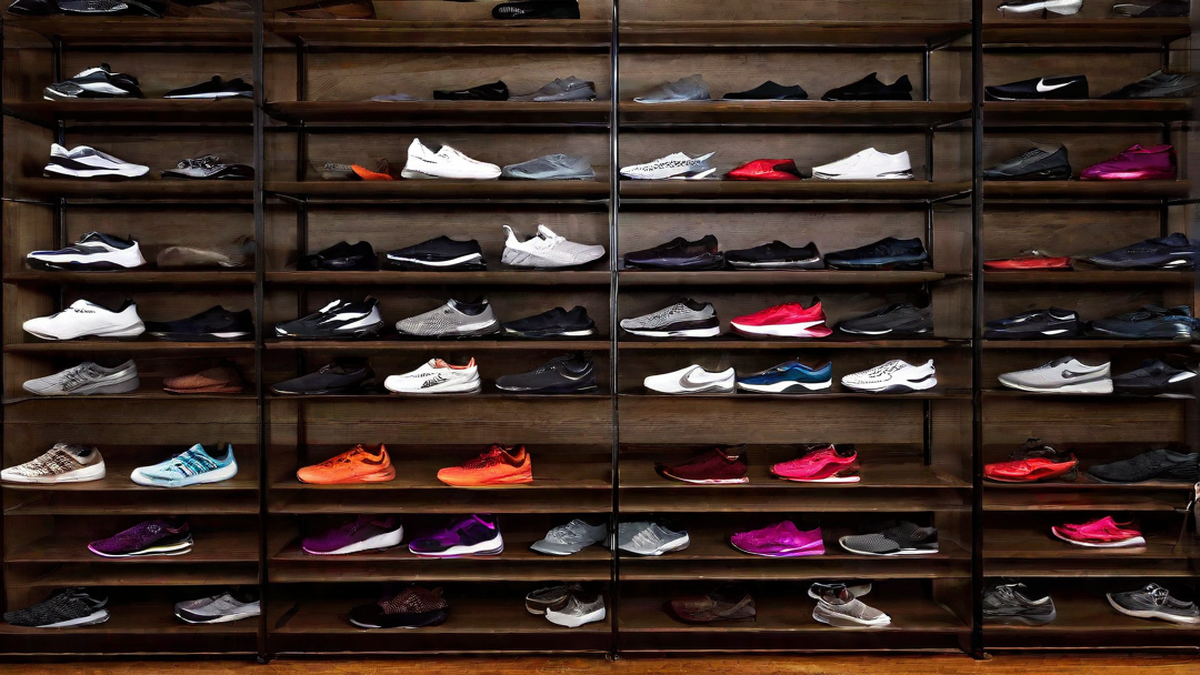When it comes to running shoes, there is a common debate among runners – how many pairs should you have? As a dedicated runner myself, I have spent a fair amount of time pondering this question. After much research and personal experience, I believe that having multiple pairs of running shoes is not only beneficial but essential for any serious runner.
First and foremost, let’s address the importance of having multiple pairs of running shoes. Running is a high-impact activity that puts a significant amount of stress on your feet, legs, and joints. Wearing the same pair of shoes every day can lead to faster wear and tear, which can increase the risk of injuries. By rotating your running shoes, you give each pair a chance to rest and recover, prolonging their lifespan and ensuring that they continue to provide the necessary support and cushioning.
Moreover, different running shoes are designed to cater to different types of running and terrain. For example, if you enjoy trail running, investing in a pair of trail running shoes with specialized features such as aggressive traction and durable outsoles can significantly enhance your off-road running experience. On the other hand, if you prefer road running, having a pair of lightweight and responsive road running shoes can improve your speed and efficiency. By having multiple pairs of shoes tailored to your specific needs, you can optimize your performance and minimize the risk of discomfort or injury.
Now, let’s delve into the ideal number of running shoes to own. While there is no one-size-fits-all answer to this question, I believe that a good guideline is to have at least two to three pairs of running shoes in your rotation. This allows for enough variety to accommodate different types of runs and terrain. Additionally, it ensures that you always have a backup pair in case one gets wet or needs to be retired.
When selecting your running shoes, it’s important to consider factors such as cushioning, stability, and fit. Each runner has unique biomechanics and preferences, so what works for one person may not work for another. I highly recommend visiting a specialty running store or consulting with a knowledgeable professional who can assess your gait and recommend the right shoes for you.
Lastly, I want to emphasize the importance of proper shoe maintenance. Even with multiple pairs of running shoes, it’s crucial to take care of them to maximize their lifespan. This includes cleaning them regularly, allowing them to dry fully after each run, and replacing them when they show signs of excessive wear or loss of support.
In conclusion, having multiple pairs of running shoes is not just a luxury but a necessity for runners. It provides variety, reduces the risk of injuries, and optimizes performance. Remember to choose shoes that cater to your specific needs, rotate them regularly, and maintain them properly. By doing so, you’ll ensure that your running shoes serve you well and keep you running strong for miles to come.

